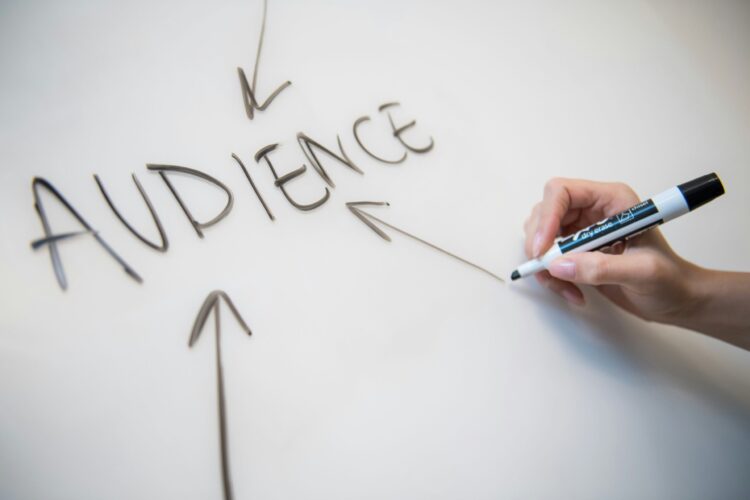A recent post I wrote prompted a response that merits its own response.
The first is a thank-you to the writer. Whether feedback is a smooch or a spanking, I’ve been in the biz long enough to welcome it. It means someone out there is reading. (You can tell when some especially rude comment comes from someone who didn’t actually read what you wrote. They just assumed, or joined the lemmings.)
The second is a bit of an elaboration, which I hope isn’t defensive.
The post that prompted the email was based on an NPR interview with author Margaret Atwood. She was asked if some of what she writes for her books is part of her own process of grief or catharsis. Her answer: “Writing isn’t really for the writer. It’s for the readers.”
That got me to think about why and how I write, which is with a purpose in mind beyond my own feelings or opinions. That’s always been true for me, whether my writing has been for a class or a newspaper assignment or a struggling student or a thank-you note or a eulogy or a punch list for the contractor. I’ve always found writing a challenge, so never have taken pleasure from writing just for writing’s sake. That doesn’t mean I don’t write as part of my thinking process, but it’s just that — part of a process that leads somewhere, not an end in itself.
The note that came in response to that musing was a thoughtful counter-perspective. The sender is a friend. He excelled in his career as a writer and editor, and now, in retirement, excels as a writer and photographer. In all the years I’ve known him, I’ve been struck by how much he loves the act of writing. Just the doing of it, which he calls scribbling, gives him joy. By contrast, I have often felt that writing was the price I paid for the thrill of reporting.
This friend and I have shared many dinners, bottles of wine and words over the different ways we approach our craft (or, perhaps to him, our art). We often disagree, but never to the point where we stop listening, respecting and wanting to learn more. Sometimes it feels like we’re coming to the same destination, but from different directions.
The writer-reader connection
In this case, the divergence was about the idea of audience, and how it shapes our work. Part of the comment from my friend, unnecessary identifying details removed:
Regarding imagining one’s intended reader, one’s target audience: I have never done this. Not in the sense that I’ve heard many others state it: “I write for my Aunt Gladys” or something like that, the housewife in Peoria or whatever. Certain publications impose requirements: when I wrote for XX, I needed to include certain details, YY pieces needed business and finance granularity, ZZ stories were always chock-full of knowledge. But I’ve never pictured some sort of reader and wrote with that person in mind.
My target reader has always been myself. I’ve always written the story I’d want to read and hoped it satisfied an editor and found some readers. Don’t know that this is the best path, but it’s what I’ve always done.
I love that last line: Don’t know that this is the best path, but it’s what I’ve always done. It acknowledges that we can share a commitment to this profession but each find our own ways to it.
For me, that way has always been clearer when I have some sense of who I’m writing for. I don’t mean an audience as specific as Aunt Gladys (unless, of course, I’m writing her a thank-you note), but at least a notion of the kind of people I most want to reach. When I covered the Olympics, it helped to know I wanted to reach beyond the rabid box-score sports reader to include the weekend runners, the everyday athletes who weren’t part of the traditional quartet (football, baseball, basketball and hockey), the women and little girls who for too long were left off the fields and courts, and the husbands and fathers of those women and little girls. When I covered AIDS and the gay rights movement in the 1980s, it helped to know I wanted to reach the people who were uncomfortable with the subject, some to the point of revulsion. When I wrote from Antarctica, one of my goals was to explain true cold to Minnesotans. When I write the Storyboard newsletter, it helps to think of fellow travelers out there who are forging their own way forward in some version of journalism.
Thinking that way helps me focus. I think more clearly about several things, among them:
- Relevance: whether my interest in a subject or question is meaningful to people beyond myself
- Language: when it is understood shorthand vs off-putting jargon, when a metaphor works or when it confuses
- Subject knowledge: when information or background can be taken for granted vs when it needs to be explained
- Tone: whether it respects the culture of a place or people
- Pragmatic things like platform and publication, which can determine everything from length to structure
I don’t think my correspondent friend are in great disagreement about this. But I do look forward to more talks over dinner and wine to probe the idea of a self as a target audience. I doubt I’ll start a journal, but maybe I can learn to love the struggle a little more.



